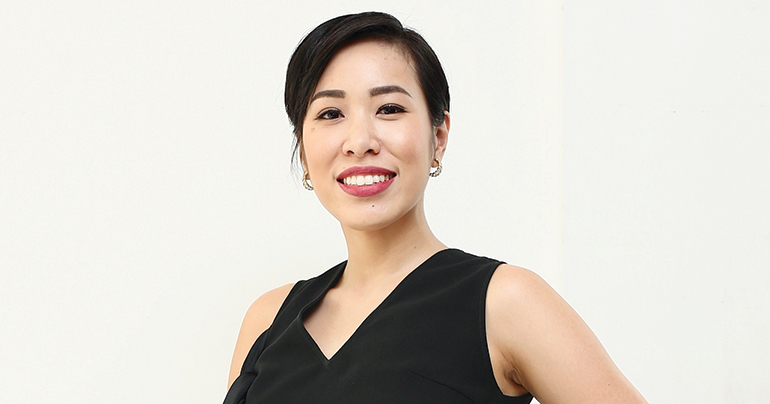Jazz music grad Talita Setyadi had no qualms swapping her double bass for a rolling pin, seeing baking as just another form of creative expression. With an entrepreneurial eye that this year helped bag her a coveted spot on the Forbes 30 under 30 Asia list, this graduate of Paris’ prestigious Le Cordon Bleu discusses the philosophy behind her bakery and the delicate art of the pastry

“I am a musician by training. What I realised was that I could do just as much with cakes and pastries in creating works of art. I see both as creative forms of expression. In working with food and pastry in general, you have something tactile, something physical. And then with food, you can work with so many more senses. With food, you’re working with feel and taste, sound and sight, so there’s a lot more interaction between the person eating and the food itself.
“I was born in Indonesia and moved to New Zealand when I was nine. As I returned to my home country, I wanted to get reacquainted with the produce and the land, and came to the idea of combining Indonesian ingredients with the French techniques I had learned. A lot of Indonesian chefs find it quite difficult to introduce the quite sticky, oftentimes strangely textured Indonesian desserts to the world. We had to introduce these foods by using the Indonesian ingredients in a form that people were comfortable with, like with the entremets, which is the French technique of combining different textures and flavours in a really intricate layer-by-layer form.

“At my bakery, we pledge to not use food colouring at all because we want to present the ingredients as they are and we want the flavours that you taste to be the colours that are in the food. Because when you use food colouring, there’s a disconnect between what it looks like and what it tastes like. We’re trying to find breakthroughs in how we can apply Indonesian ingredients in a Western manner and in how we’re able to use purees and natural fruits to add colour and contrast to our food. There’s a lot of really quirky, fun things that we do in the kitchen just to give something different to the market.
[manual_related_posts]
“Sixty to 70% of our bakers come into the company with zero prior knowledge of baking. We prefer those guys because we’re able to work with a blank slate. They come from a low socio-economic background as well, having worked as dishwashers, parking valets or stewards. And then when they show interest in wanting to move up, we give them the opportunity to do so. That is probably the most rewarding aspect of the business.”
This article was published in the July 2018 edition of Southeast Asia Globe magazine. For full access, subscribe here.

